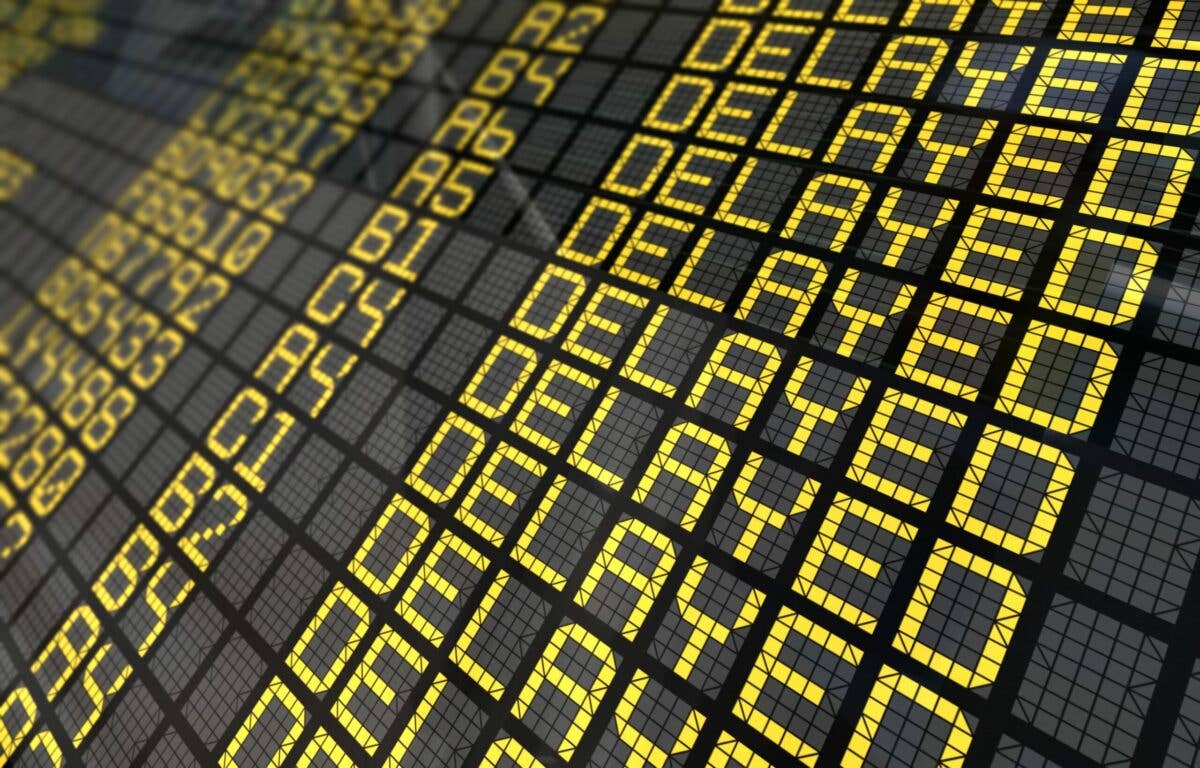FAA Warns of Summer Travel Delays
Airports in the New York region could see delays increase 45 percent during the 2023 summer season, the agency says.

The FAA is trying to get ahead of potential issues as summer travel is expected to rise seven percent this year. [Credit: Shutterstock]
The FAA is warning of an increase in flight delays this summer because of staffing shortages primarily affecting the Northeast U.S.
According to the agency, East Coast airports should expect overall delays in the New York region to increase by 45 percent during the 2023 summer season.
At the center of the issues is severe staffing shortages at New York Terminal Radar Approach Control (TRACON), located on Long Island. The control center is responsible for New York airspace, including flights from New York’s John F. Kennedy International (KJFK), LaGuardia International (KLGA), and Newark Liberty International Airport (KEWR).
While the FAA says staffing is stable at most facilities, New York remains behind. In a memo, the agency noted TRACON’s staffing levels were at just 54 percent of what is needed compared to 81 percent at other facilities.
The FAA is trying to get ahead of potential issues as summer travel is expected to rise seven percent this year. Additionally, the agency is still dealing with pandemic-related training backlogs, which have significantly contributed to staffing shortages.
Last week the agency hosted a meeting with industry leaders to discuss the best ways to manage New York’s congested airspace—which saw more than 40,000 delays last summer.
To alleviate some issues as a temporary fix, the FAA sent a notice to airlines saying it would waive some slot requirements from May through September. The agency asked airlines to give up 10 percent of their flight slots at John F. Kennedy International Airport, LaGuardia Airport, and Ronald Reagan Washington National Airport (KDCA) in D.C. in order to help ease congestion.
Airlines were also encouraged to utilize larger aircraft with fewer flights.
Several carriers have committed to working with the agency, while others expressed frustration since airlines are still restoring their own operations to pre-pandemic levels.
Meanwhile, the FAA says it plans to hire several thousand controllers over the next decade and the agency was on track to hire 1,000 new controllers by the end of the year. For now, critics say it’s not enough.
National Air Traffic Controllers Association President Rich Santa said the number of certified controllers has dropped 10 percent over the last decade and is nearing a 30-year low. According to Santa, “When you control more traffic with less operation positions, you introduce risk into the system.”
That sentiment trickles down to general aviation as well. February 2023 numbers show more than 2,500 general aviation operations at New York airports. With controllers handling increased congestion, services such as flight following may not be as readily available to GA pilots. While flight following is provided on a workload-permitted basis, pilots can’t expect the additional level of safety should controllers be too busy.
Funding is also another issue. As a specialized position, attracting and retaining talent is difficult. To cover staffing shortages, controllers were working overtime hours, contributing to high expenditures. The FAA said abuses by some controllers and poor management led to some $4 million in unnecessary overtime.

Subscribe to Our Newsletter
Get the latest FLYING stories delivered directly to your inbox






